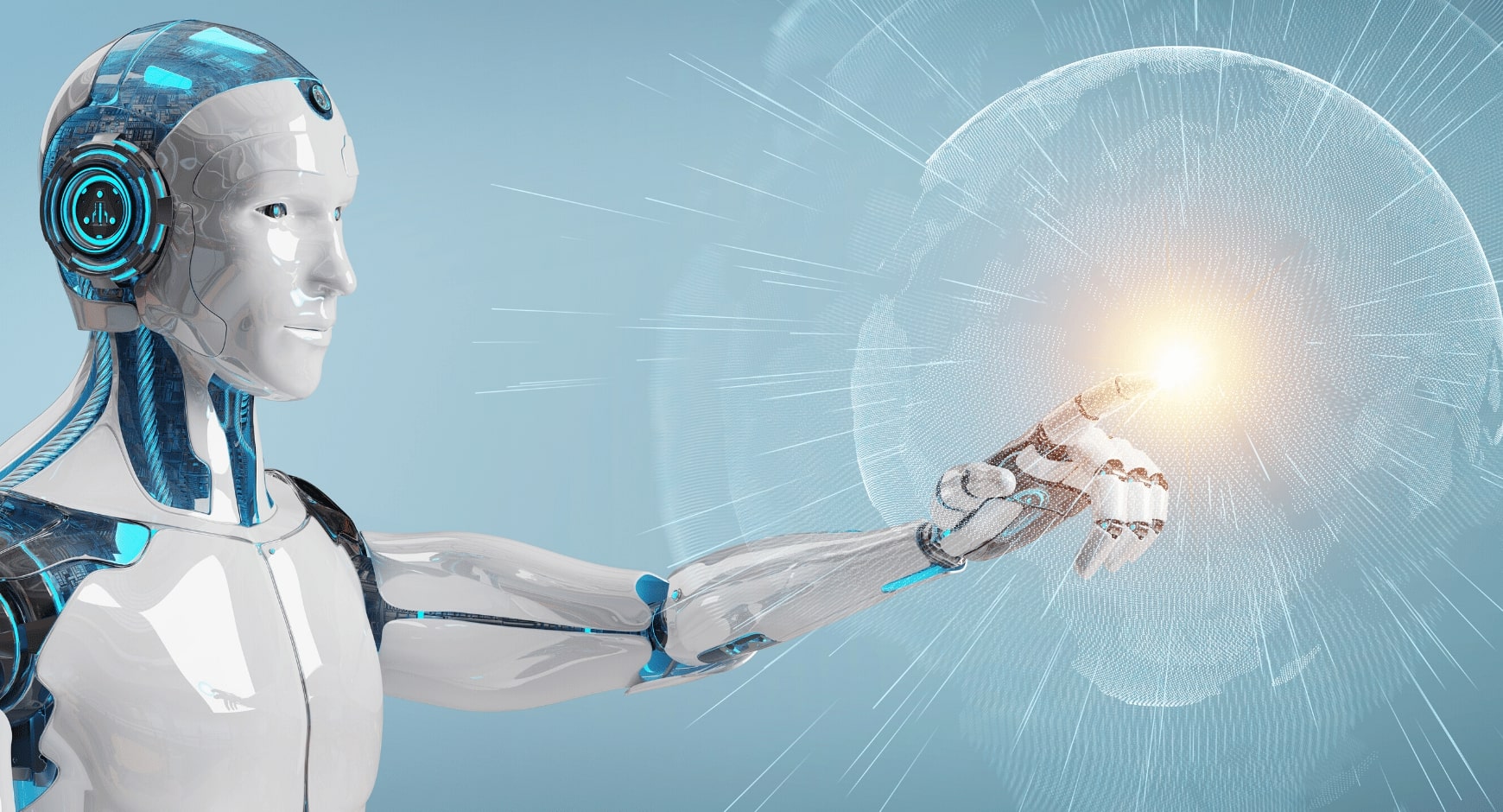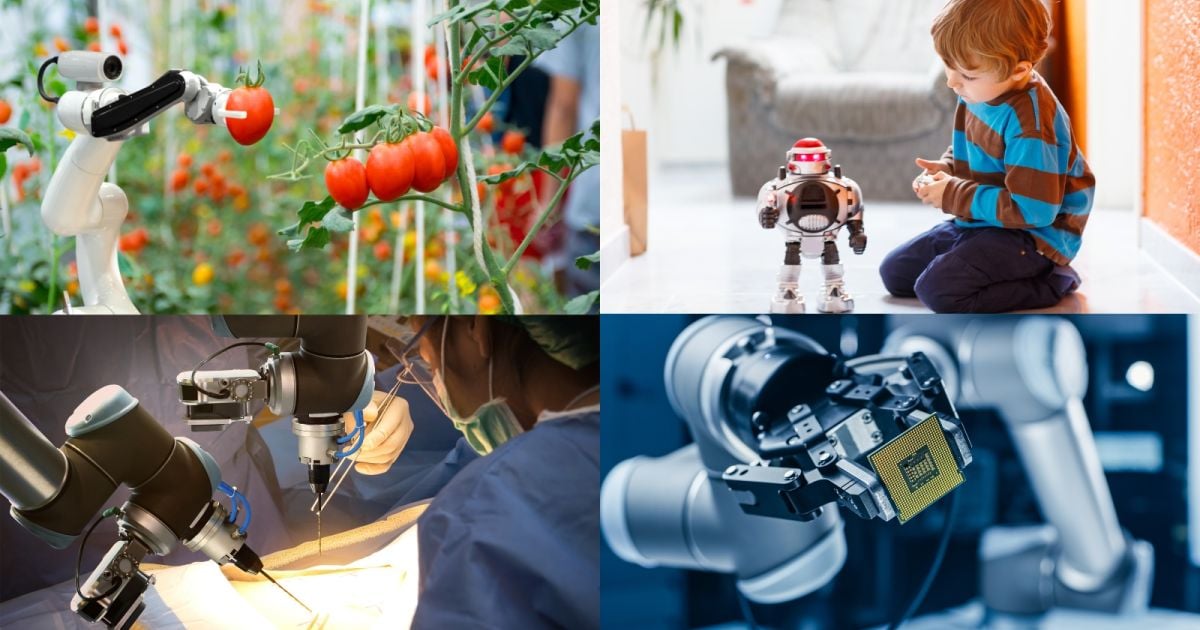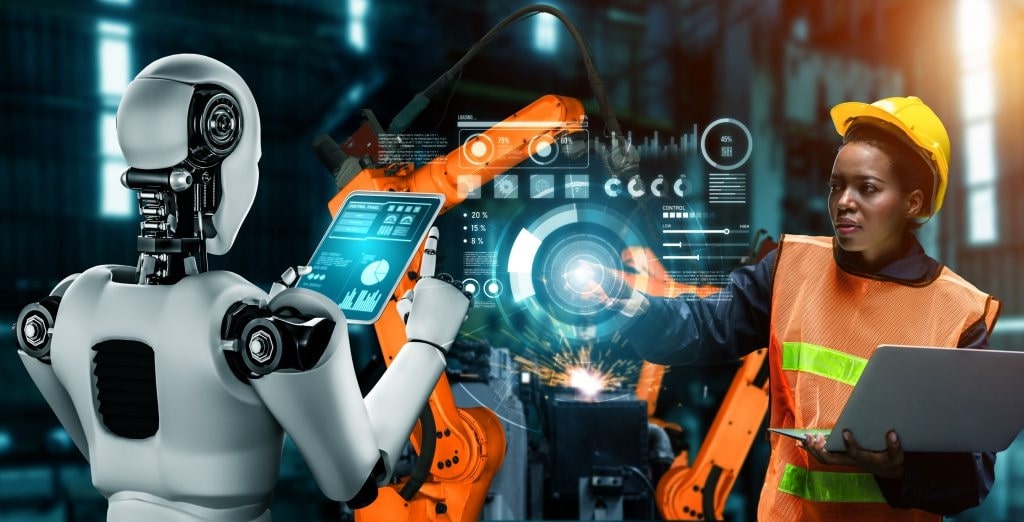1668A, 14th Main Rd, Sector 7, HSR Layout, Bengaluru, Karnataka 560102
+91 99459 30733 (9am - 6pm IST, Saturday - Sunday) (10am - 7pm IST, Tuesday - Friday)

Robotics is a fascinating field that combines engineering, computer science, and technology to create machines that can perform tasks autonomously or semi-autonomously. Understanding the basics of robotics can open up a world of possibilities for beginners. Let's delve into the world of robotics and discover its evolution, components, types, applications, and future prospects.
The term "robot" was first introduced by Czech playwright Karel Čapek in his play "Rossum's Universal Robots" in 1920. Derived from the Czech word "robota," which means forced labor, robots have come a long way since then, evolving from fictional characters to real-world entities.

The history of robotics dates back to ancient times when inventors and thinkers conceptualized machines that could mimic human actions. Over the years, advancements in technology and innovations have led to the development of sophisticated robots with diverse capabilities.
In the contemporary era, robotics plays a crucial role in various industries, revolutionizing the way tasks are performed. From manufacturing to healthcare, robots are enhancing efficiency, precision, and safety in a wide range of applications.
Robotics comprises several essential components that enable machines to perceive, act, and make decisions autonomously. Understanding these components is fundamental to grasping the functioning of robots.
Sensors are vital components of robots that provide input about the environment. From detecting obstacles to measuring distances, sensors enable robots to interact with the surroundings effectively.
Actuators are responsible for executing the desired actions based on the inputs received from sensors. These components convert electrical signals into mechanical motion, allowing robots to move and manipulate objects.
Control systems coordinate the functions of sensors and actuators, enabling robots to perform tasks accurately. Through feedback mechanisms, control systems regulate the behavior of robots in response to external stimuli.
Robots come in various forms and serve diverse purposes based on their design and functionality. Understanding the different types of robots can provide insight into their applications and capabilities.



Industrial robots are used in manufacturing settings to automate production processes such as assembly, welding, and packaging. These robots enhance efficiency and productivity in industries.
Service robots are designed to assist humans in domestic or commercial environments. From cleaning robots to healthcare assistants, service robots cater to a wide range of tasks to improve convenience and quality of life.
Collaborative robots, also known as cobots, work alongside humans in shared workspaces. These robots are equipped with safety features that enable safe and efficient collaboration between robots and human operators.
The versatility of robotics transcends various industries, offering innovative solutions to complex problems. Exploring the applications of robotics sheds light on the transformative impact of this technology.
Robotics has revolutionized the manufacturing sector by streamlining production processes and improving quality control. Automated assembly lines and robotic arms have become integral parts of modern manufacturing facilities.
In the healthcare industry, robots are used for surgical procedures, patient care, and rehabilitation. Robotic exoskeletons, surgical robots, and telepresence robots are enhancing medical services and improving patient outcomes.
Robots play a critical role in space exploration by performing tasks in harsh environments where human presence is limited. Robotic rovers, spacecraft, and drones enable scientists to conduct research and gather data in space.
The future of robotics promises exciting developments and advancements that will shape the way we interact with technology and automation. Exploring the trends and ethical considerations in robotics can enlighten beginners about the evolving landscape of robotics.

Technological innovations such as artificial intelligence, machine learning, and advanced sensors are driving the evolution of robotics. Future robots are expected to possess enhanced capabilities and intelligence to perform complex tasks autonomously.
As robots become more autonomous and intelligent, ethical considerations surrounding their use and impact on society become increasingly significant. Addressing issues related to privacy, safety, and job displacement is essential for developing responsible robotics.
The integration of robots into various aspects of society has both positive and negative implications. While robots improve efficiency and productivity, concerns about job displacement and ethical dilemmas arise. Understanding the societal impact of robotics is crucial for fostering responsible innovation.
In conclusion, robotics is a multifaceted field that encompasses diverse concepts, technologies, and applications. For beginners, exploring the fundamentals of robotics can be both enlightening and inspiring. By delving into the origins, components, types, applications, and future prospects of robotics, individuals can gain a deeper understanding of this transformative technology. Embracing the world of robotics opens up a world of possibilities and opportunities for learning and growth.
What is the difference between robotics and automation?
Robotics involves the design and creation of machines that can perform tasks autonomously or semi-autonomously, whereas automation refers to the use of technology to perform repetitive tasks without human intervention.
How can someone start learning about robotics as a beginner?
Beginners can start learning about robotics by exploring online resources, attending workshops or courses, experimenting with robotics kits, and joining robotics clubs or communities.
What are the potential career opportunities in the field of robotics?
Career opportunities in robotics include roles such as robotics engineer, software developer, research scientist, automation specialist, and industrial designer. The field of robotics offers diverse career paths in industries such as manufacturing, healthcare, aerospace, and academia.